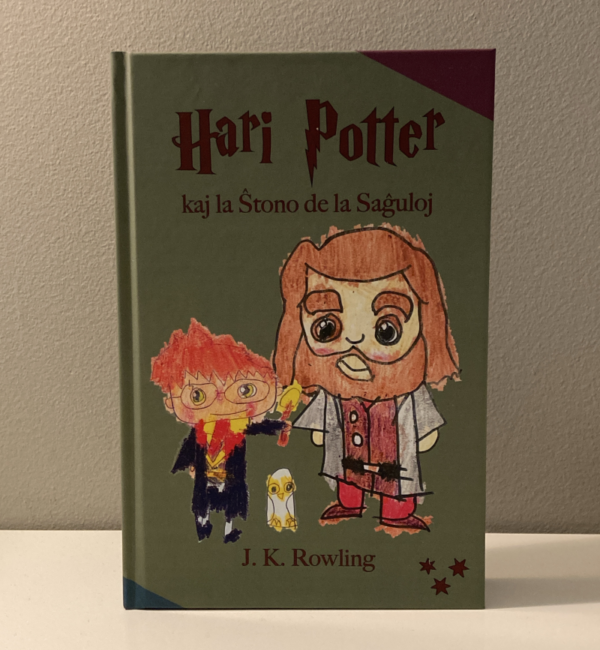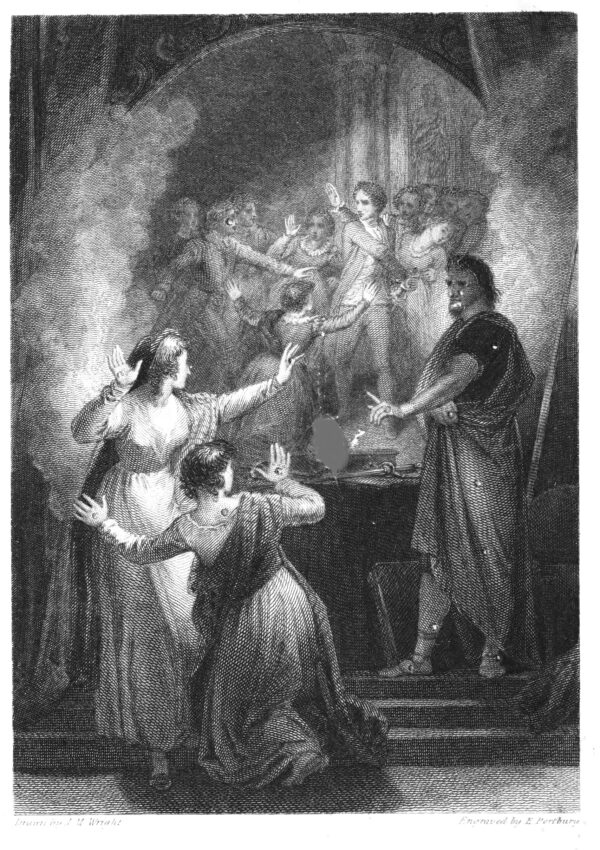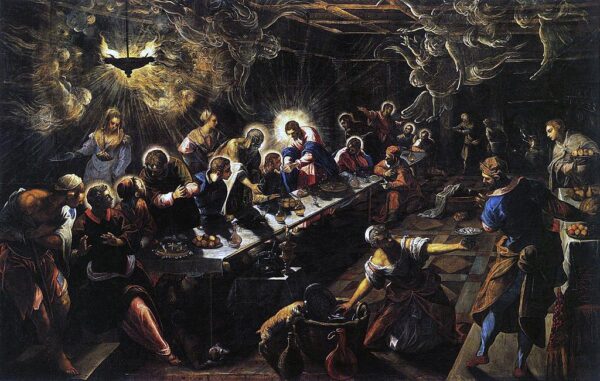Tag linguistics
The Sphinx’s riddle in Harry Potter and the Goblet of First is tough to translate. How’s it handled in Spanish and Brazilian Portuguese?
For weeks, I’ve been teasing other collections about this rare and fascinating book. Now it’s time to unpack it!
Esperanto is the only language Harry Potter has been translated into that’s completely made up (like Elvish and High Valyrian)! So what’s it like?
Every so often, I like to talk about low-resource languages. They’re a matter of particular importance in today’s tech world and, for me, the topic is especially important in terms of expanding access to vital information throughout the world. So… Continue Reading →
A look at what makes the translation of Harry Potter such an interesting phenomenon. Using examples from Hufflepuffs to trolls to the translation of puns, we take a look at what Harry Potter can show us about 80+ language communities around the world!
A look at what makes the translation of Harry Potter such an interesting phenomenon. Using examples from Hufflepuffs to trolls to the translation of puns, we take a look at what Harry Potter can show us about 80+ language communities around the world!
Albus Dumbledore is a treat. Famously, his favorite treat is the lemon drop. Or sherbet lemons. Or is it lemon sorbet? Translations can’t agree on what it is, or on the password he uses for his office in the Chamber of Secrets.
An explanation of the Spellman Spectrum, a scale that quantitatively measures and compares translations of Harry Potter and the Sorcerer’s Stone. A high score on the scale indicates a target-oriented (gist) translation, while a low score on the scale indicates a source-oriented (literal) translation.
Harry Potter is a fascinating tale to translate. That famous first sentence shows us just how much thought and creativity a translator must put into communicating this magical world. We’ll show you how translators across the world grappled with the Dursleys using 6 different translation strategies!







